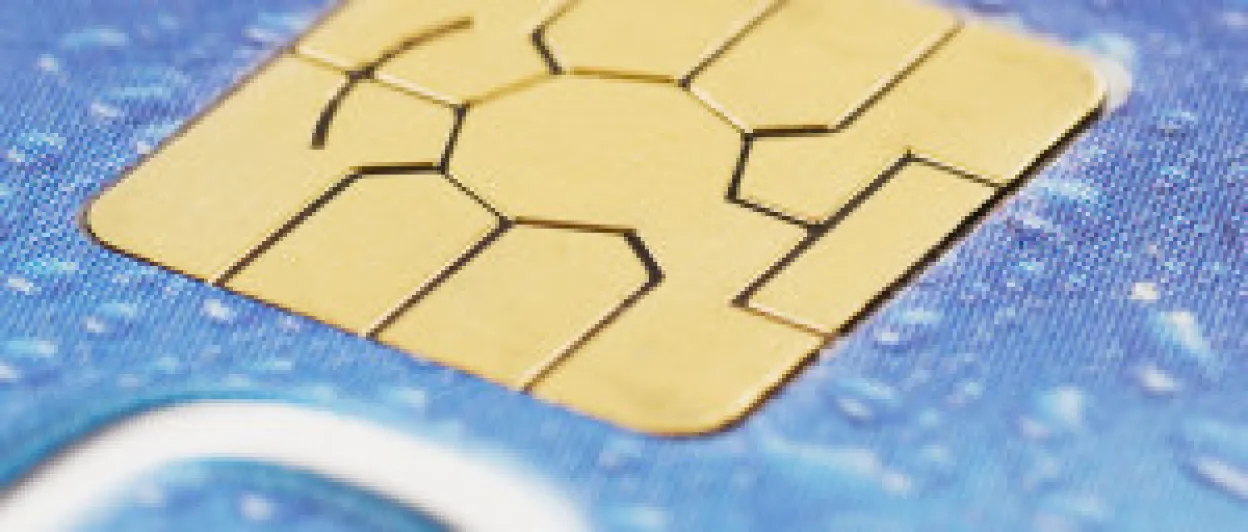How will EMV actually affect how merchants’ conduct day-to-day retail business?
From a merchant’s perspective, the migration to EMV probably seems like a no-brainer. A small merchant, especially one that uses a pre-programmed standalone terminal (like Ingenico Group’s iCT250), might not expect to notice much operational change; after all, retailers will still accept credit and debit cards, still do business with a processor or acquirer, and still sell goods and services to customers who pay in a variety of ways.
So what’s there to worry about?
Well, it’s not that merchants need to worry, but they do need to prepare for the shift to EMV. Why?
Because of differences in the way EMV cards will be produced, accepted, handled and processed, merchants and customers will need to adjust some of the ways they’re used to conducting transactions. But don’t worry. Here are a few changes to expect, so you’ll know what’s in store and can prepare for a smooth transition.
EMV will mean many new payment-processing variations
Because the chip on an EMV card is essentially a small computer that is programmed with risk parameters, the chip itself determines the behavior of the card in different purchase situations. The chip determines whether the transaction can proceed, and if so, what method of cardholder verification is required: PIN? Signature? No identification? Only with the proper verification can the transaction be processed.
Ingrained habits are hard to break, so customers – and sales associates – who are used to today’s standard transaction processes can easily become confused or intimidated by the changeable aspects of the new transactions. Anticipating these reactions and planning ahead to manage the learning process are among the most important reasons merchants should prepare early.
EMV will change traditional retail checkout procedures
Using the new EMV-capable cards and payment terminals will require customers and sales associates to change some traditional checkout protocols, depending on the size and type of transaction. For example:
- Instead of being swiped, EMV cards are typically inserted (or “dipped”) in the card reader until the customer sees a prompt to remove it.
- Any EMV card might require the customer to enter a PIN: PIN entry is no longer exclusive to debit cards.
- At certain merchants, a low-dollar transaction might not require a customer’s PIN or a signature.
- For transactions above a certain amount, even a contactless card might require a PIN, a signature, or card insertion.
Making sure your associates are fully trained to educate and assist customers will reduce anxiety and keep checkout lanes running faster during the EMV adoption stage.
Having an EMV expert at each location is key to a smooth transition
Obviously, the more complex a merchant’s POS system, the greater the need to have some level of expertise available to answer employee and customer questions. It’s important to designate at least one person to become the “EMV expert” at each location (and at the corporate level, if applicable) who is able to understand and explain the differences between magnetic stripe and EMV transactions. But realistically, virtually all staff and customers will need a training period as they become used to the new EMV processes.
Having procedures in place to build staff and customer confidence will make the transition to EMV much less stressful for everyone. And, ultimately, will make transactions more secure for your customers.
Allen Friedman is the Director of Payment Solutions at Ingenico Group, North America










